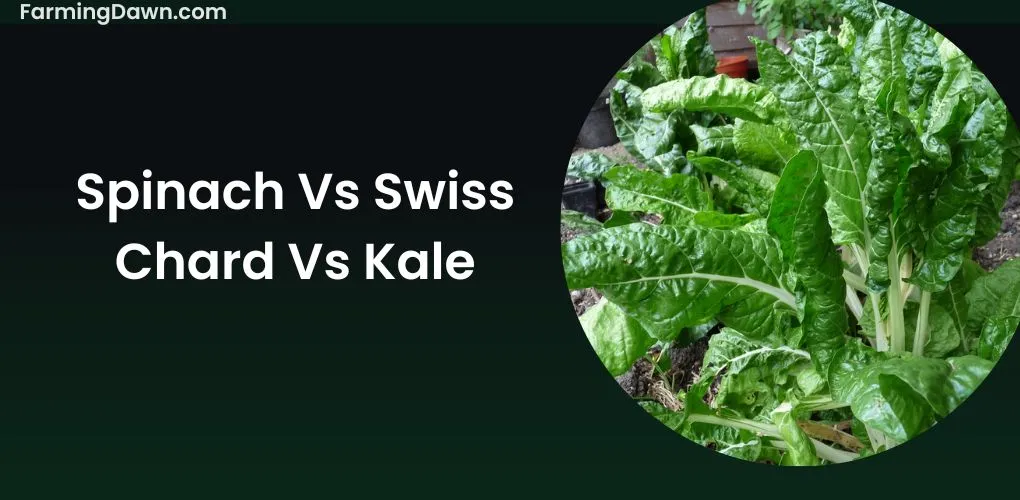Have you ever wondered what animals eat cactus and why? Cactus is not a traditional food source, yet many species of animals make it part of their diet. From the majestic desert bighorn sheep to the curious coyote, these creatures have found ways to incorporate this prickly plant into their diets.
But why do they bother with such an inconvenient meal option? Let’s take a closer look at some of our furry friends who make cacti part of their daily routine, uncovering the reasons behind their strange eating habits in the process!
What Animals Eat Cactus?
Desert Tortoises
Though it may seem counterintuitive for animals to consume cacti, desert tortoises have been seen chowing down on the spiny plant. Cacti are an important source of nutrition and water for this species, not only providing a variety of essential minerals like calcium and magnesium but also delivering much-needed hydration in arid conditions.
Cacti also provide vital fibers that help support digestive health. By eating cacti, these hardy reptiles gain access to nutrients they couldn’t otherwise find in their environment while maintaining energy levels with the caloric intake from carbohydrates.
Related: 15 Plants with spiky leaves to grow in your garden.
It’s clear that consuming cacti is beneficial and necessary for desert tortoises, proving that those prickly plants can be life-sustaining after all.
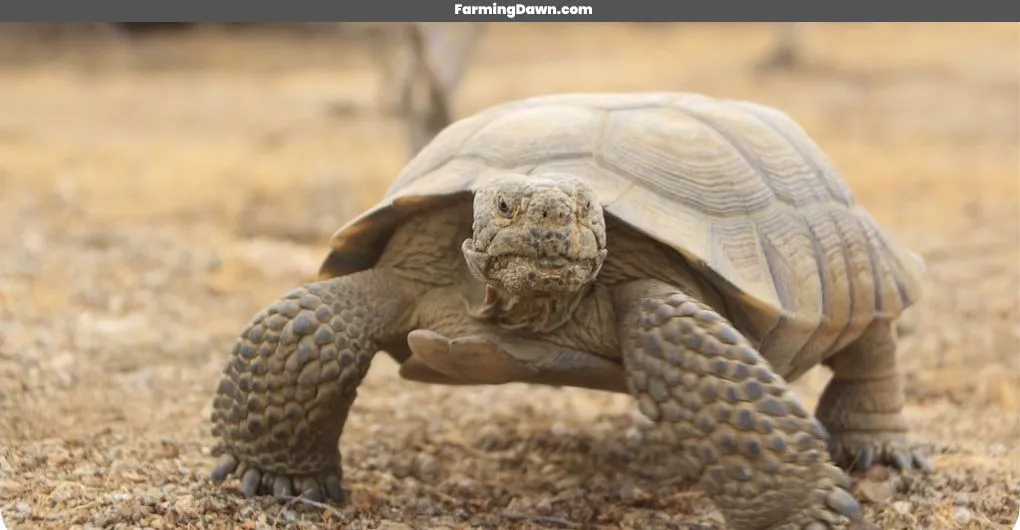
Javelinas
Javelinas are animals that love to eat cacti. They may look like wild pigs, but they’re actually from the peccary family and have a few distinct features that set them apart such as their curved canine teeth and the smell of skunk-like odor which is used for communication between other javelinas.
Cactus is an important part of their diet – it provides essential nutrients, and hydration, and helps maintain healthy digestive systems. Javelinas also use the spines on some types of cacti to help keep predators away while grazing, in addition to helping protect themselves against extreme temperatures.
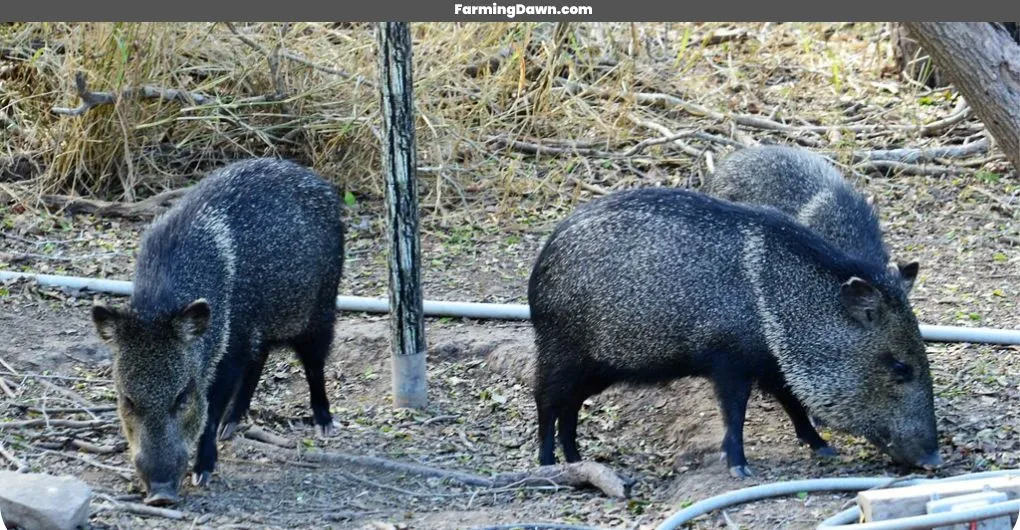
Kangaroo Rats
The Javelinas have moved on, but their presence still lingers in the air. As if taking a cue from them, now comes the Kangaroo Rat, hopping along with its peculiar stride and big ears that flop around as it moves.
It seems to be quite comfortable here among the cacti despite their spiny nature; these creatures are well equipped for survival thanks to their specialized physiology which allows them to digest and extract nutrients from the succulent plants without getting pricked by the spikes.
The Kangaroo Rats benefit enormously from this diet of cactus fruits and pads, receiving essential water and vitamins while avoiding predators who don’t have access to such dietary riches.

Pronghorns
Pronghorns are a unique species of antelope native to North America that has developed an interesting adaptation for surviving in arid climates: they eat cacti! This is most likely due to the fact that, unlike other animals, pronghorns can digest cellulose and get much-needed water from the prickly pads.
Pronghorn stomachs also contain bacteria which enable them to break down this tough food source into energy. As such, when conditions for grazing on grasses or shrubs become difficult due to prolonged drought or extreme temperatures, pronghorns turn towards cacti as their primary nutrition source.
The ability to utilize this resource ensures these creatures survive through even the harshest environmental conditions – something many other animals could not do without risking severe dehydration.
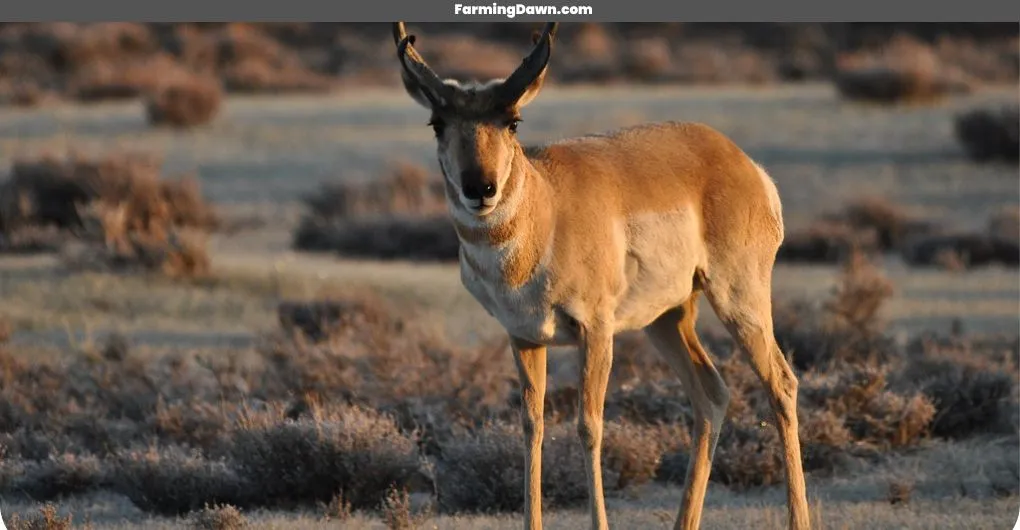
Bighorn Sheep
Pronghorns have an unlikely appetite, but bighorn sheep have an even more peculiar one. These animals are known to graze on cactus pads and they do so for a few reasons.
First, the spines of the pads protect them from predators while they feed.
Second, these plants provide moisture in drought-prone habitats, giving the animals access to vital hydration without having to search for water sources.
Thirdly, many species of cacti contain essential minerals like sodium which aid in digestion and overall health.
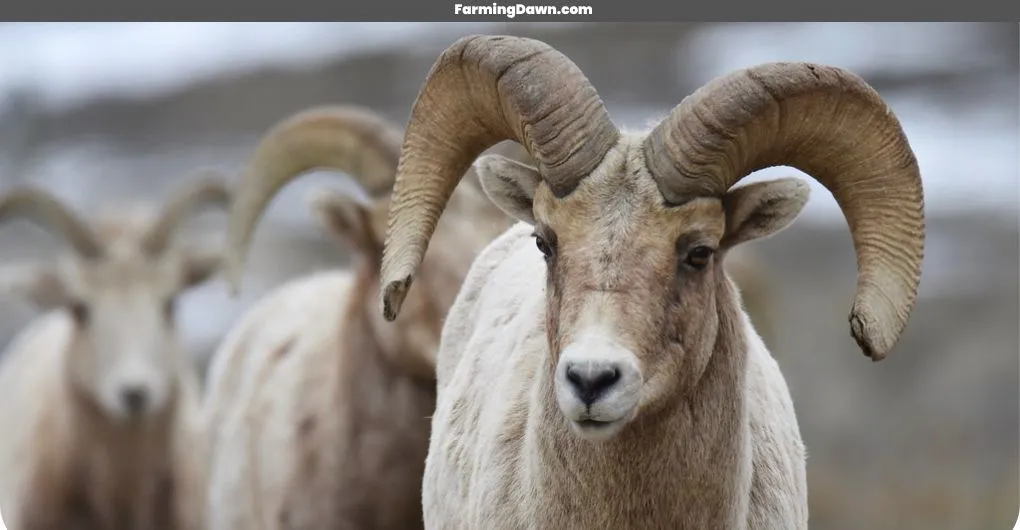
Jackrabbits
Jackrabbits are one of the animals that eat cacti. The reason for this is that they need something to stay hydrated during dry spells. Cacti provides moisture and essential nutrients like calcium and magnesium, so jackrabbits will often find themselves nibbling away at them in order to survive.
In addition, jackrabbits can digest these plants better than many other species due to their thick fur which provides protection from thorns and spines when eating or drinking from a cactus.
Related: How to keep cats from eating plants?

Desert Woodrats
The desert woodrats are another animal that enjoys cacti and can often be seen scurrying around the prickly plants looking for a meal. As they hop from one spiny pad to the next, they nibble away at any soft parts of the plant they find. These woodrats also enjoy munching on flowers or fruits growing near these plants as well.
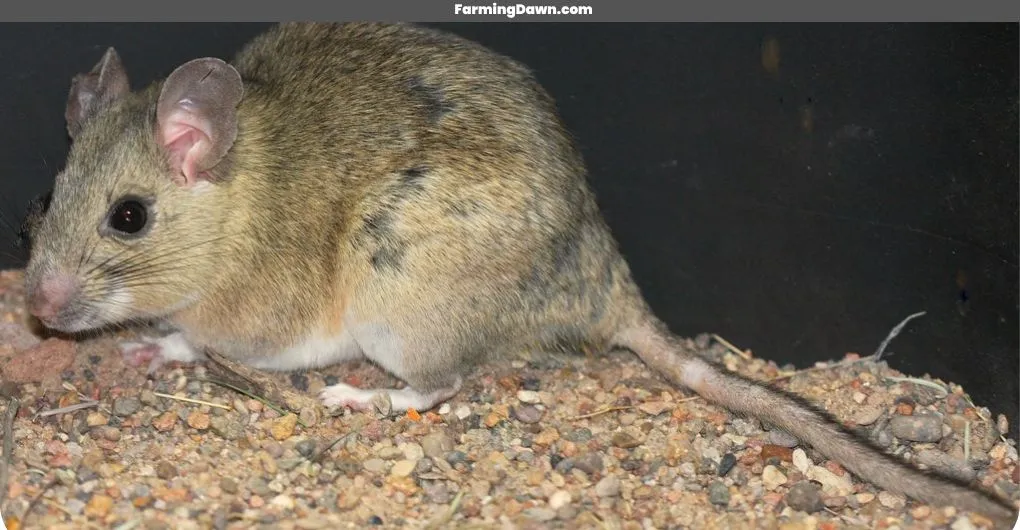
Quail
Quail are small and tough birds known for their hearty appetite, so it’s no surprise that they enjoy eating cacti. One reason why quail eat cacti is because of its sharp spines. These cactus spines help the bird cleanse itself of parasites like ticks or fleas, which can be harmful to its health.
The prickly pear cacti are also a great source of water in dry climates where quail live, as well as providing them with essential vitamins and minerals from its sweet fruit. Quail will often feed on the succulent pads of some species too.
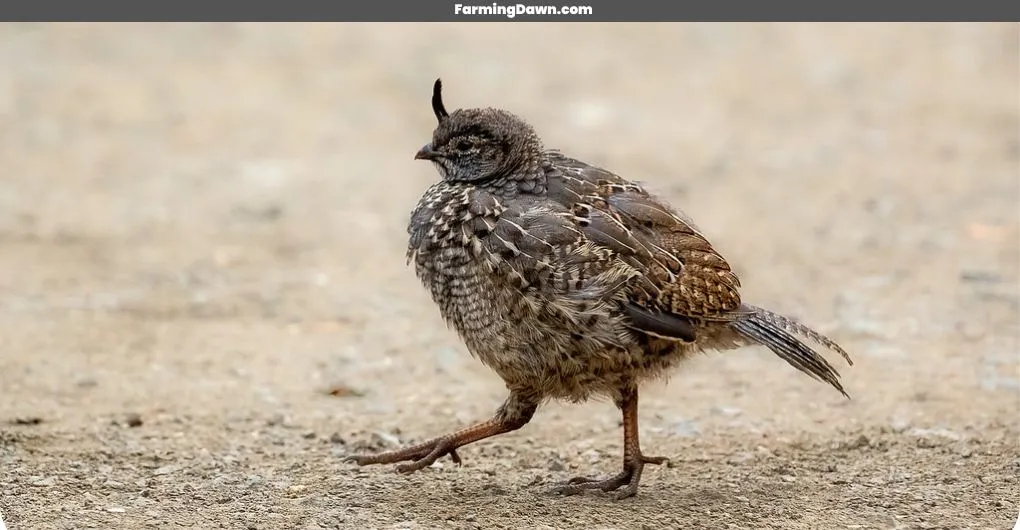
Gophers
Gophers are one of the most unlikely animals to eat cacti, yet they do so with aplomb. Contrary to popular belief, gophers have an insatiable appetite for the prickly plant; in fact, it makes up almost half their diet. Why?
Well, there are several benefits that come from consuming cactus: it’s full of nutrients like calcium and vitamin C, it can provide hydration on dry days, and it’s even been known to help prevent diseases caused by parasites.
Furthermore, eating cacti helps gophers keep warm during cold winter nights – something that is essential for survival!

Coyotes
Coyotes have a varied diet, and cacti are no exception. They eat smaller species like prickly pears, as well as parts of larger ones such as saguaro. This is due to their need for water which they can find in some succulent plants. Coyotes also use these nutrient-rich sources of food while finding shelter from the desert heat.
When eating cacti, coyotes carefully remove spines with their teeth and paws, an impressive display of patience and dexterity! The nutritional benefits certainly outweigh any risks associated with ingesting the protective mechanisms of this plant family.
In simple words, coyotes rely on cacti to supplement their diets during dry periods and droughts when other sources of nutrition may be scarce or difficult to access.
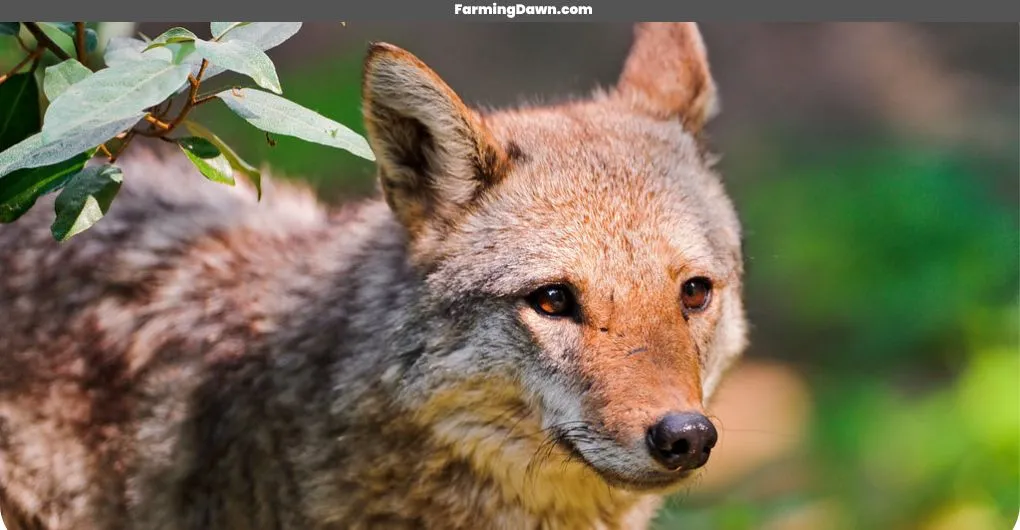
Bobcats
Bobcats are a species of wild cats that have an amazing ability to adapt, and this includes their diet. In the desert regions where cacti grow, bobcats often turn to these plants as a source of nourishment.
With sharp claws designed for digging into tough surfaces and strong jaws made for crunching through hard exteriors, they can easily break open the skin of the plant and access the sweet pulp within.
The cactus provides them with much-needed hydration in addition to other essential vitamins and minerals like calcium, iron, magnesium, phosphorus, potassium, zinc, and niacin—all critical nutrients for keeping any animal healthy.

Foxes
Bobcats can eat cacti, but they aren’t the only ones. Foxes too enjoy tucking into a prickly pear or two. After all, it’s packed with vitamins and minerals that are essential for their diet. But why do foxes think these spiny plants are so delicious?
Well, foxes have sharp claws and molars designed to break even through the toughest skin of this succulent morsel – not to mention those nutritional benefits! In the end, both bobcats and foxes find irresistible appeal from such an unassuming desert plant.
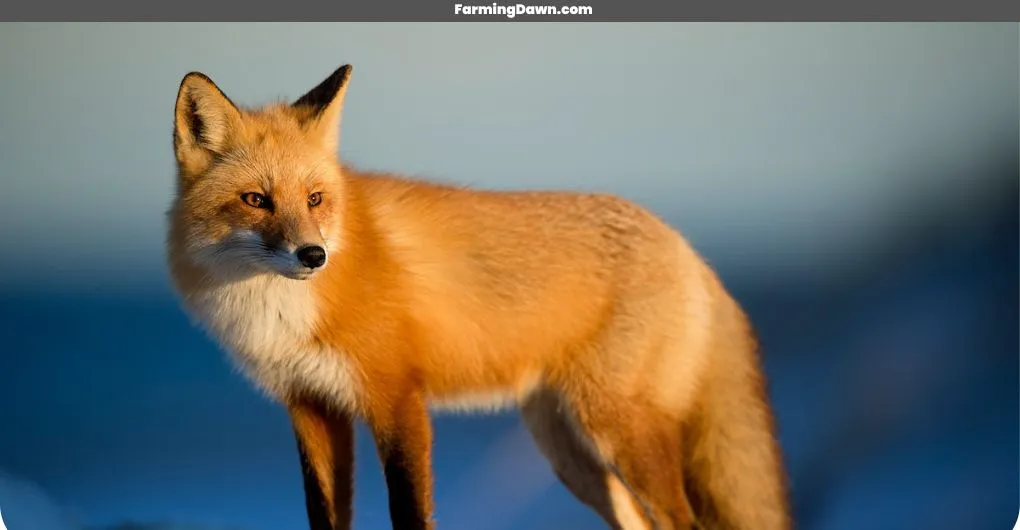
Ravens
Ravens are one of the few species of birds that eat cacti, and they do it for a very practical reason: to get water. In fact, ravens have been observed drinking up to 12% of their body weight in water from cacti every day!
Ravens can also benefit from consuming edible parts of some cacti like fruits or flowers. This helps them stay hydrated in arid climates where other sources of food may be scarce. Ravens are clever birds and know how to take advantage of an easy-to-reach source of moisture when available.
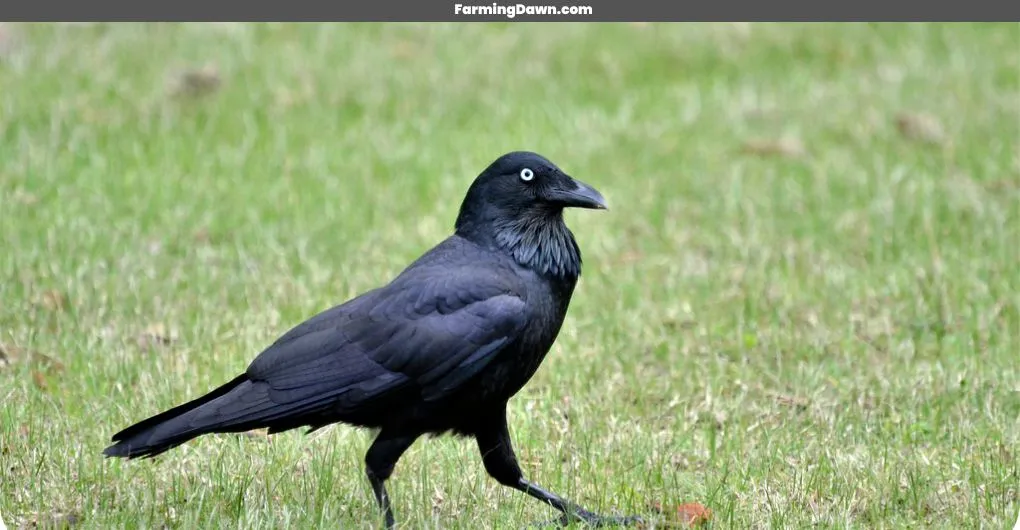
Roadrunners
Roadrunners are a fascinating species of bird. They’re native to the desert regions of North America and can often be seen hopping around cacti in search of food. Cactus is an important part of their diet, as it provides them with essential nutrients like calcium, iron, and magnesium. Plus, they enjoy eating the nectar from certain types of flowers that grow on cactus plants.
Roadrunners also consume other small animals, such as lizards or insects, but cactus is still a major source of sustenance for them. The ability to survive on this food source has enabled roadrunners to thrive in some of the harshest environments on Earth.
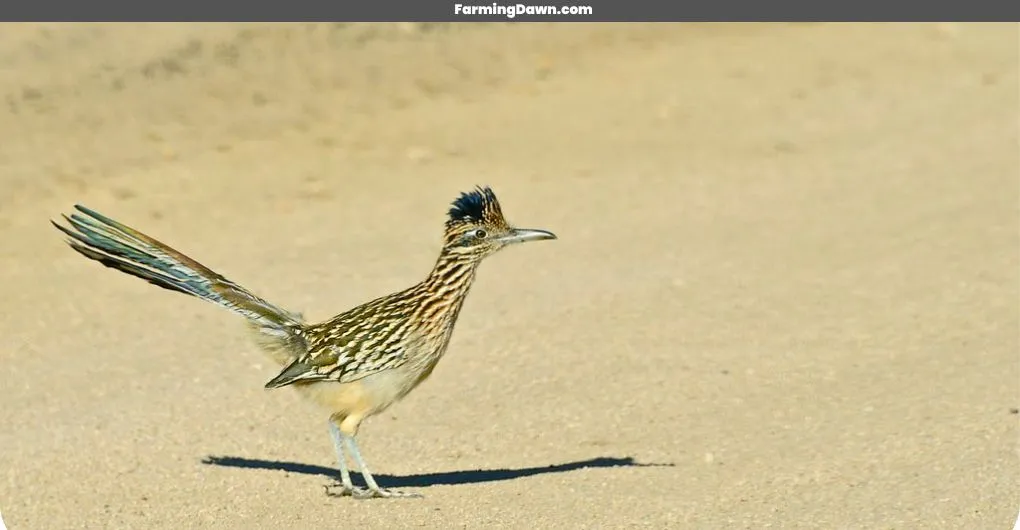
Hummingbirds
Hummingbirds have a unique relationship with cacti. Did you know that there are over 300 species of hummingbirds, and all of them feed on cactus nectar? They have evolved to become experts at extracting the sweet liquid from the spines of these plants.
The tiny birds need this energy-rich food source in order to survive, as they burn up huge amounts of energy while flapping their wings rapidly in flight. Hummingbirds also eat small insects which can be found near cacti, so it’s no surprise that these birds rely heavily on these prickly succulents for sustenance.
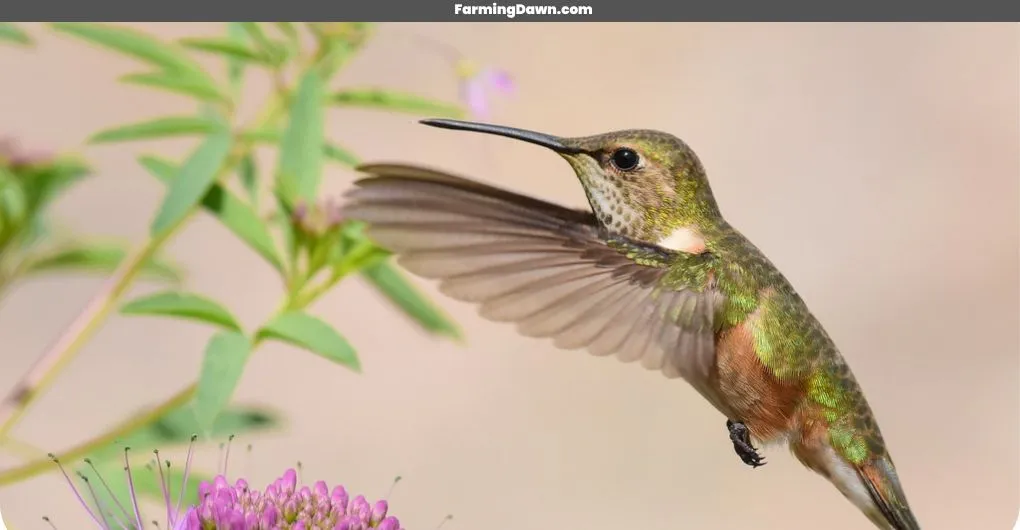
Gila Monsters
Similar to hummingbirds Gila monsters have a unique relationship with the plant. These lizards enjoy snacking on the fruits that grow from these desert-dwelling plants. The spines of the cactus are not an issue for them as they have thick and leathery skin to protect themselves.
They’ll also sometimes eat the pads or stems of some species, giving them even more nutritional benefits than just fruit alone. While many animals like deer and birds pass over this food source, Gila monsters will happily take advantage of it when available in their habitat.

Finches
Amongst all other birds, finches have evolved to become some of the most effective cactus-eaters on Earth. Their beaks provide them with precise control over food gathering; their curved shape allows them to easily pluck seeds out of hard-to-reach crevices and cracks.
Finches are drawn to these spiky plants for a number of reasons: they contain water, provide plenty of nutrients and offer an ideal spot for nesting materials.
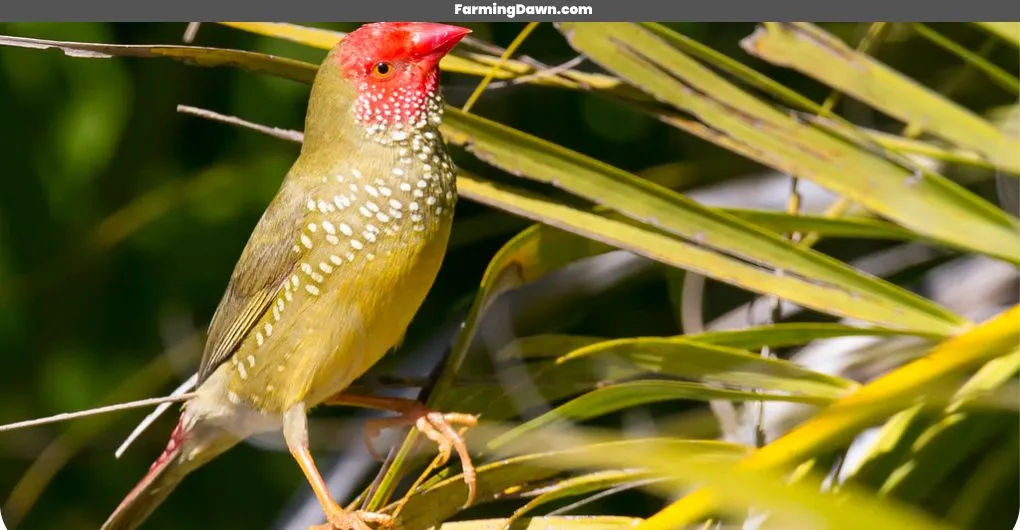
Lizards
Lizards have long been known to feed on cacti. It’s not just for hydration though; in the wild, lizards rely heavily on these prickly plants for a variety of nutritional needs. Plus, they’re easy to find!
In addition to being nutritious snacks, cacti also offer protection from predators thanks to their sharp spines. So, it makes sense why so many lizards enjoy munching down on this desert delicacy—it’s both tasty and practical!
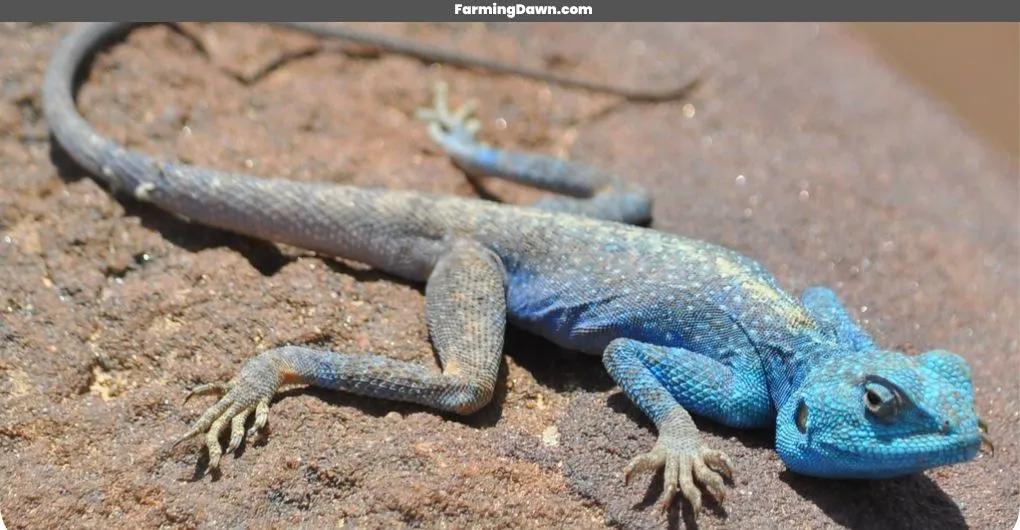
Scorpions
Scorpions can find nutrition in most parts of the cacti – from their sweet fleshy pads to their tough spines, which contain lipids and proteins that provide essential energy reserves during dry periods or when insects aren’t available as prey.
Furthermore, some species of scorpion feed exclusively on cacti because they’re uniquely adapted with claws that allow them to easily climb up prickly stems and pierce through thick-skinned fruits. So while lizards often eat cacti out of convenience, many scorpions actually depend on them for sustenance.
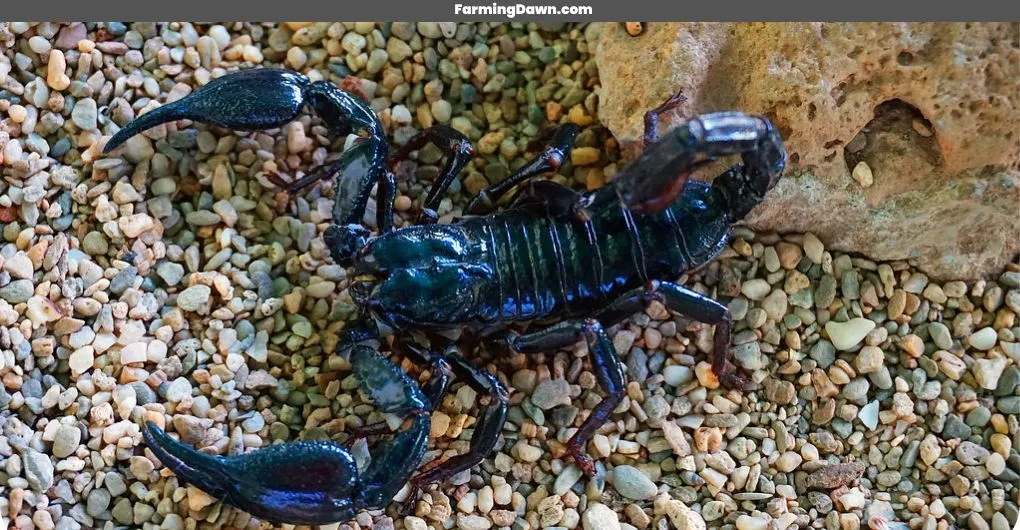
What Animals Eat Prickly Pear Cactus?
Prickly pear cactus, with its sharp and spiny exterior, may seem like a daunting meal to some. But there are plenty of animals out in the wild that can’t resist the sweet taste of these succulent plants.
From birds such as the Greater Roadrunner or Gila Woodpecker to mammals like jackrabbits and coyotes, creatures far and wide have learned how to protect themselves from those pesky spikes while enjoying an easy-to-access snack.
The prickly pear is packed full of vitamins and nutrients which help keep these critters healthy. And they’re not only found on land – sea turtles also love this tasty treat! So if you ever find yourself looking for wildlife around a prickly pear patch, don’t be surprised to see many different species trying their luck at scoring some lunch.
What Animals Eat Barrel Cactus?
Animals that eat barrel cacti are typically looking for water, which the cacti contain. These animals love the moisture inside of the spiny plants, and they’ll also get some nutrition from eating it as well!
Animals like javelina, mule deer, bighorn sheep, coyotes, porcupines, and rabbits all enjoy snacking on these succulents. They’re a great source of hydration in arid climates where there may not be much else to drink.
Plus, many of these animals have evolved specific adaptations over time to allow them to safely navigate around their sharp thorns.
Why Do Animals Eat Cacti?
Animals eat cacti for a variety of reasons. For example, the Gila woodpecker is known to peck into saguaro cacti in order to feast on insects and larvae that live inside them. Not only does this provide an abundant food source for these birds, but it also helps disperse seeds from the cactus which help repopulate their habitats with new plants.
Other animals such as bighorn sheep will feed off of barrel cacti when other sources of water are scarce or not available at all. These desert dwellers have adapted over time to consume the high-water content within the cactus pads, allowing them to survive in scorching temperatures without needing to resort to extreme measures like digging deep into sand dunes for hydration.
Animals rely on cacti as part of their natural diet even if they don’t always realize it; some species may nibble away at smaller prickly pears while others might simply use them as shelter or shade during hot days. Cacti may be spiny and unappealing looking, but they can offer up a wide range of benefits to many different kinds of creatures!
Is Cactus Healthy For Animals To Eat?
Having established why animals eat cacti, it is important to consider whether this type of diet is healthy for them. Cactus have a high-water content and so can be beneficial in hot climates where other sources of hydration are scarce.
It also contains some essential minerals, including calcium and magnesium, which helps support bone health. However, the plant’s spines may cause injury when ingested by animals if they are not pre-processed before consumption.
Also, too much cactus consumption can cause digestive issues due to its high fiber content. In sum, while there may be benefits to eating cactus in moderation as part of a balanced diet, it should not form the basis of an animal’s daily nutrition intake.
How To Stop The Animals From Eating Cactus?
There are some simple steps you can take to keep those pesky critters away from your precious plants – like covering any exposed pads with chicken wire or sprinkling chili pepper around their base.
You might also try planting marigolds nearby as the pungent smell will naturally deter most animals from coming too close. Research has shown that an estimated 47% of all desert-dwelling mammals consume cacti regularly!
While this may be beneficial to them in certain ways, it can cause major problems if you have your own backyard garden full of succulents.
Thus, keeping watchful eyes on your garden by periodically checking for signs of damage and making sure there’s no food left out overnight will help ensure that your beloved cacti remain safe from hungry visitors.
Frequently Asked Questions
Do All Animals Eat Cacti?
No, not really. While some creatures such as lizards, iguanas, and tortoises may enjoy a nibble here and there, many species of animal simply steer clear of the prickly plant altogether.
Are Cacti A Common Part Of An Animal’s Diet?
Cacti are no strangers to the animal kingdom! While not all animals have cacti as a common part of their diet, many species do. Desert-dwelling creatures such as lizards, tortoises, and jackrabbits often turn to this prickly plant for sustenance when other food sources are scarce.
Are Cacti A Source Of Hydration For Animals?
Cacti might look menacing on the outside, but they’re actually a surprisingly good source of hydration for animals. These cacti are full of juicy sweet water that is essential for survival, and some creatures just know how to take advantage! It’s ironic that something so seemingly dangerous could be such a vital resource, isn’t it?
How Do Animals Identify Edible Cacti?
Animals have an amazing ability to identify edible cacti. They can literally sniff out the nutritional value of a cactus and determine whether it is safe for them to eat. Many species rely on their sense of smell and taste buds to detect if a cactus is suitable for consumption, while others use visual cues like color or size.
Are There Any Animals That Exclusively Eat Cacti?
Surprisingly, there are a few creatures that have made the prickly cactus their exclusive cuisine. From tortoises to birds – and even mice! – these desert-dwellers understand the value of this succulent plant. It’s not just about sustenance; it’s about survival in an unforgiving landscape where water is scarce and resources hard to come by.
Conclusion- What Animals Eat Cactus?
Well, folks, we’ve learned a lot today. We now know that cacti are not just for decoration – they can be part of an animal’s diet! But it turns out there isn’t one single answer to the question ‘What animals eat cactus?’ It varies depending on the type of cactus and the environment in which the animal lives.
It appears some animals have an innate ability to discern edible from non-edible cacti, while others rely more heavily on trial and error. All I have to say is, if you ever find yourself wandering around in the desert without food or water, don’t forget to look for those tasty cacti! You never know what kind of delicious snack may await you – but only if you’re brave enough to try it!
Each cactus plant has different benefits for animals and humans. And if you want to grow them in your home and protect them from animals and diseases then read my other articles to learn more:


